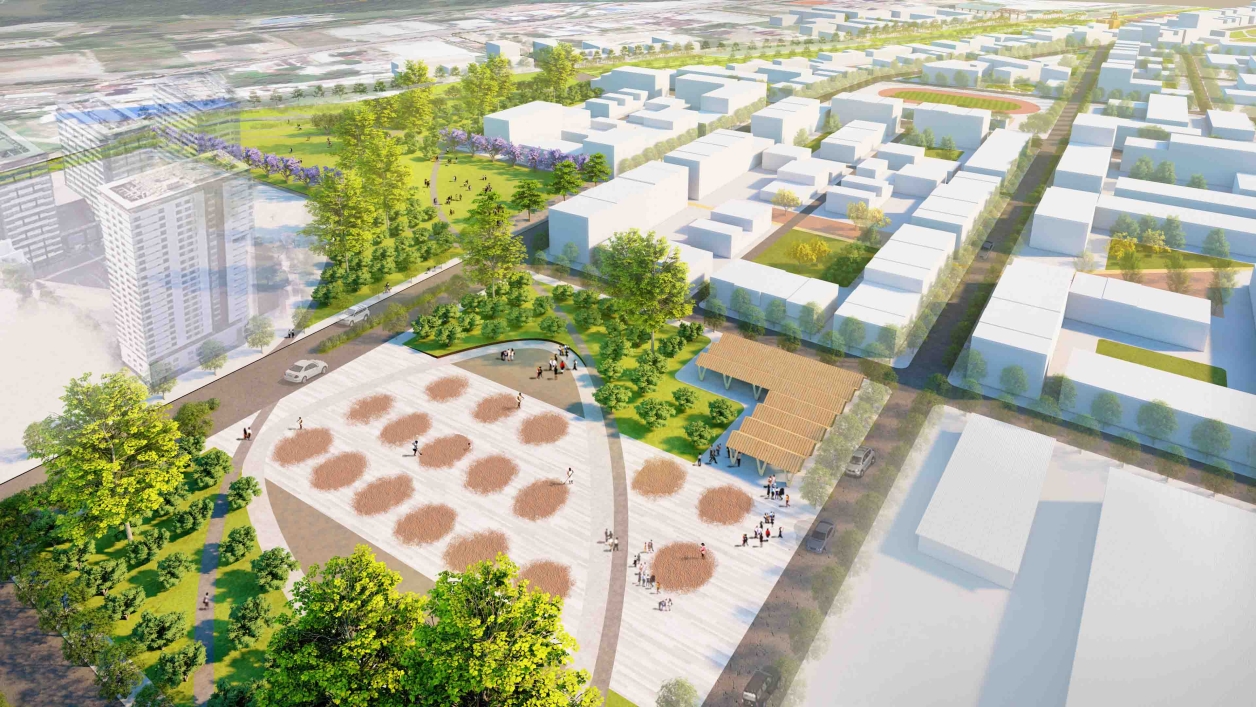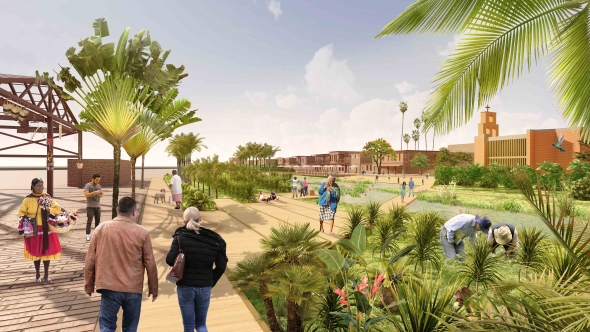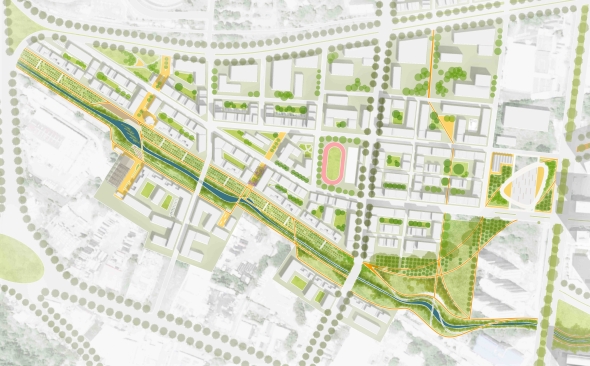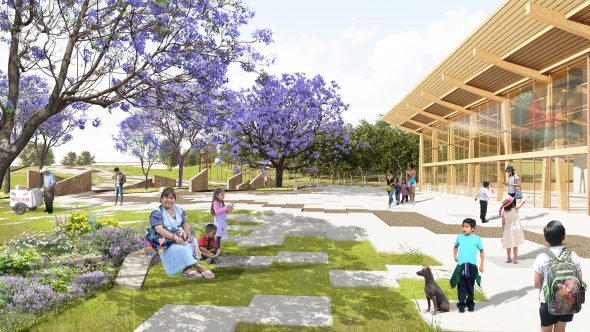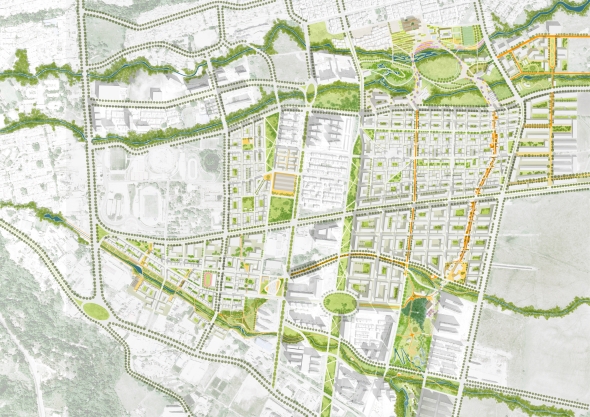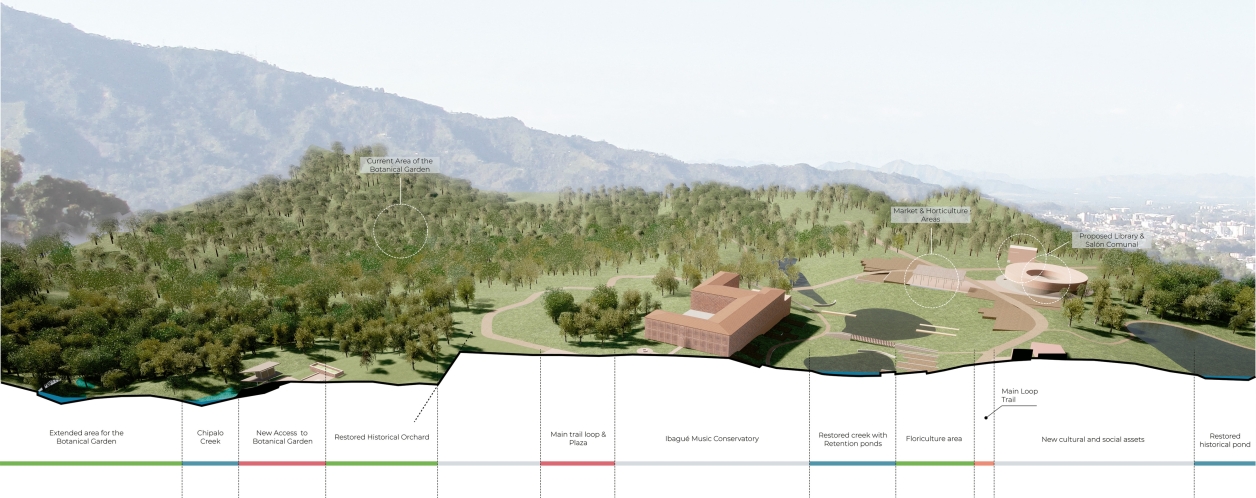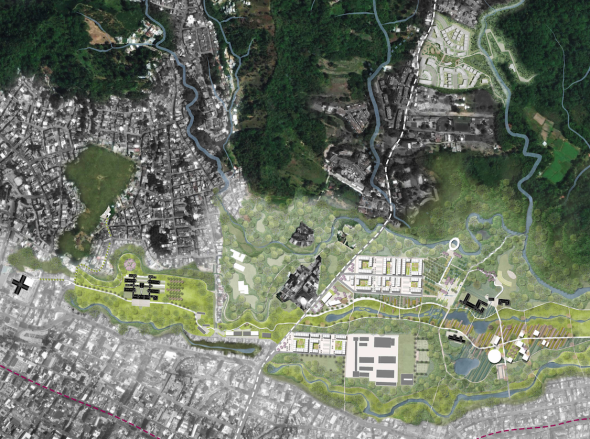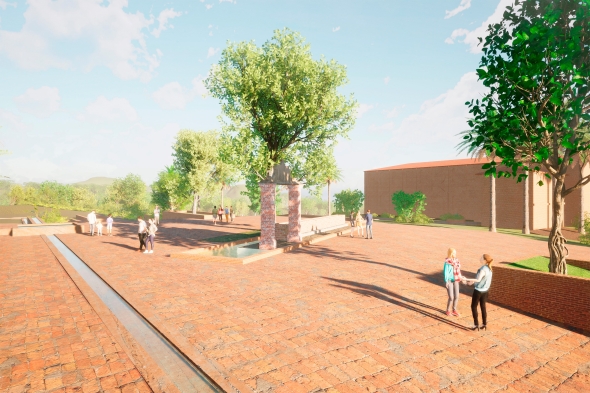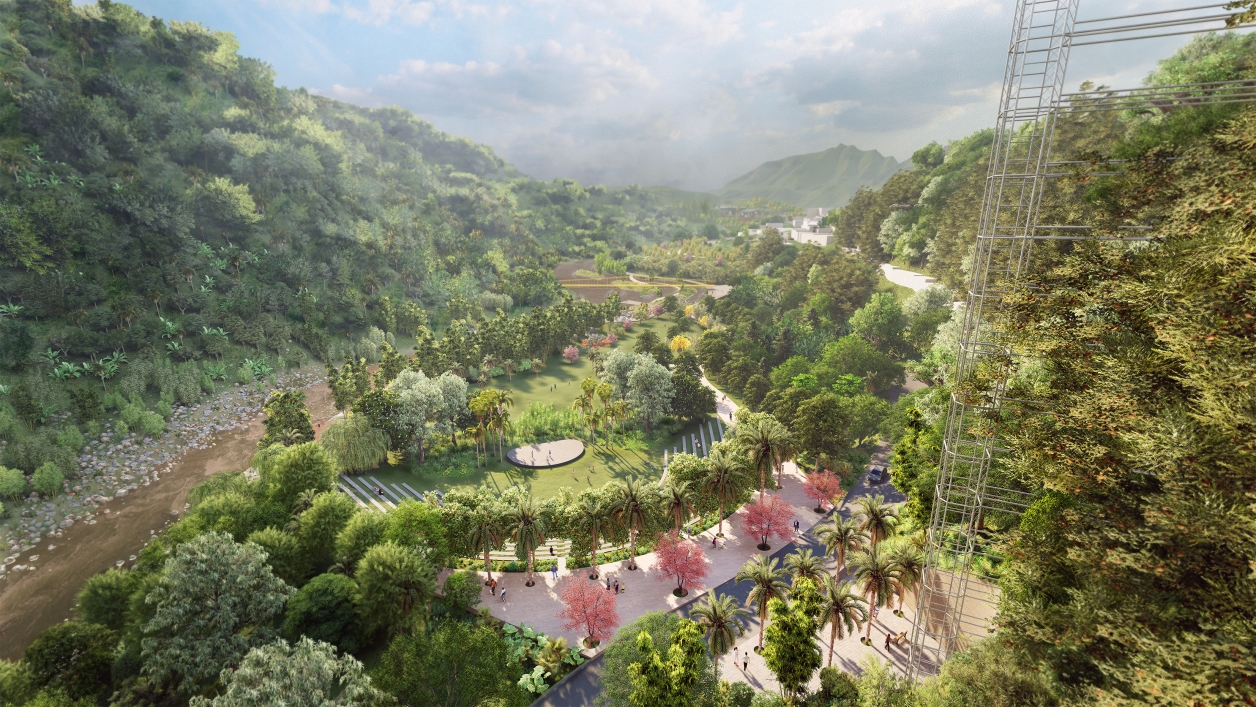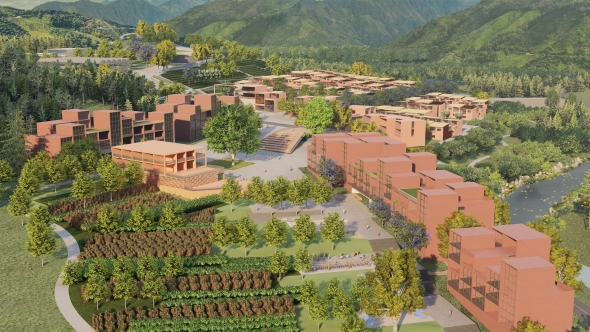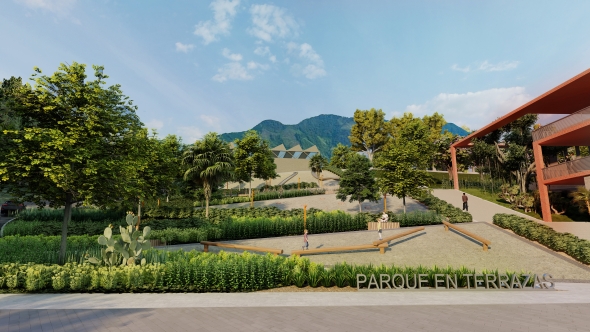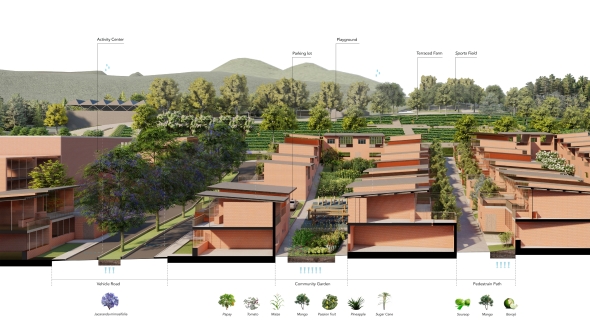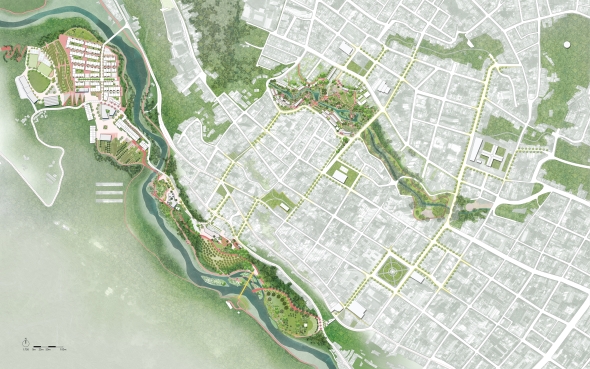The Ibagué, Colombia Studio: Fostering Resilient Peripheral Landscapes
The Ibagué Studio falls within a series of academic initiatives offered by the Department of Landscape Architecture and Regional Planning, focused on attaining sustainable conditions for cities of Latin American countries that are experiencing rapid demographic growth and urban expansion, with persistent social inequalities, and located within areas of high biodiversity.
Pivotal drivers of the course will be the preservation and rehabilitation of natural habitats and cultural landscapes, issues of social inclusion, the interaction between the formal and the informal city, the enhancement and diversification of economic drivers, with emphasis on the public realm.
Ibagué, known as the musical capital of the nation, is located on rugged terrain in the Central Andes of Colombia. It is situated l between the glaciers of the Tolima Volcano (with elevations surpassing 15,000 feet, and the lowlands of the Magdalena River Valley (which is the country’s main river, at circa 300 feet above sea level). Such variation of altitude results in a rich tropical biodiversity within a very compressed transect. The lower elevations allow for the cultivation of cotton and rice. The city presents an abundant tree coverage, and it is crisscrossed by many ravines that carve the territory as they descend from the high sierras. However, the hydrological network is severely polluted by urban waste waters and run off, aa well as from agricultural nutrients.


